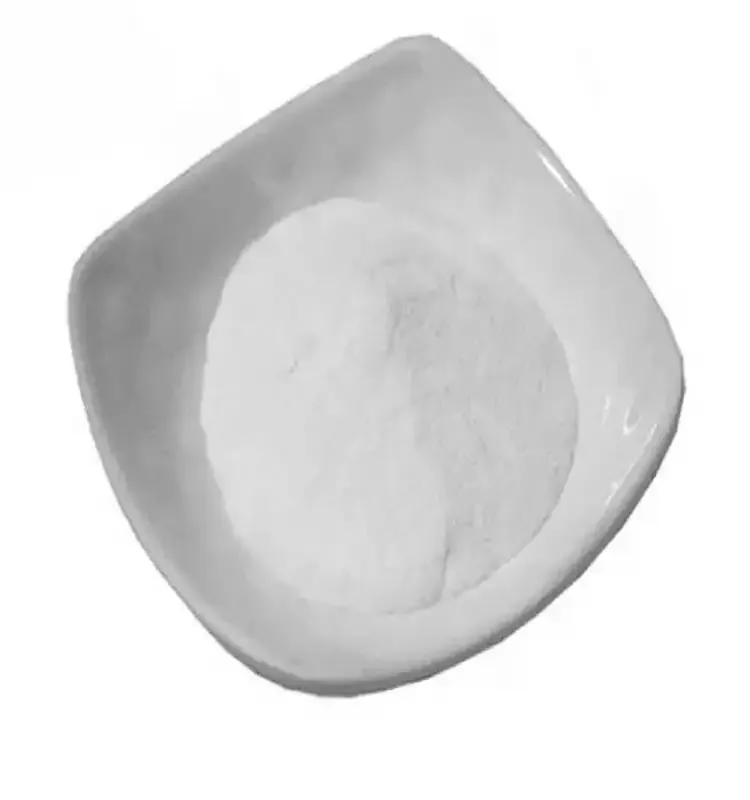Warning: Undefined array key "title" in /home/www/wwwroot/HTML/www.exportstart.com/wp-content/themes/1198/header.php on line 6
Warning: Undefined array key "file" in /home/www/wwwroot/HTML/www.exportstart.com/wp-content/themes/1198/header.php on line 7
Warning: Undefined array key "title" in /home/www/wwwroot/HTML/www.exportstart.com/wp-content/themes/1198/header.php on line 7
Warning: Undefined array key "title" in /home/www/wwwroot/HTML/www.exportstart.com/wp-content/themes/1198/header.php on line 7
- Afrikaans
- Albanian
- Amharic
- Arabic
- Armenian
- Azerbaijani
- Basque
- Belarusian
- Bengali
- Bosnian
- Bulgarian
- Catalan
- Cebuano
- China
- China (Taiwan)
- Corsican
- Croatian
- Czech
- Danish
- Dutch
- English
- Esperanto
- Estonian
- Finnish
- French
- Frisian
- Galician
- Georgian
- German
- Greek
- Gujarati
- Haitian Creole
- hausa
- hawaiian
- Hebrew
- Hindi
- Miao
- Hungarian
- Icelandic
- igbo
- Indonesian
- irish
- Italian
- Japanese
- Javanese
- Kannada
- kazakh
- Khmer
- Rwandese
- Korean
- Kurdish
- Kyrgyz
- Lao
- Latin
- Latvian
- Lithuanian
- Luxembourgish
- Macedonian
- Malgashi
- Malay
- Malayalam
- Maltese
- Maori
- Marathi
- Mongolian
- Myanmar
- Nepali
- Norwegian
- Norwegian
- Occitan
- Pashto
- Persian
- Polish
- Portuguese
- Punjabi
- Romanian
- Russian
- Samoan
- Scottish Gaelic
- Serbian
- Sesotho
- Shona
- Sindhi
- Sinhala
- Slovak
- Slovenian
- Somali
- Spanish
- Sundanese
- Swahili
- Swedish
- Tagalog
- Tajik
- Tamil
- Tatar
- Telugu
- Thai
- Turkish
- Turkmen
- Ukrainian
- Urdu
- Uighur
- Uzbek
- Vietnamese
- Welsh
- Bantu
- Yiddish
- Yoruba
- Zulu
Eyl . 28, 2024 23:49 Back to list
Conversion of Propylene Oxide to Propylene Glycol for Enhanced Applications in Industry
Conversion of Propylene Oxide to Propylene Glycol A Key Process in Chemical Manufacturing
Propylene glycol is a versatile compound that finds use in a myriad of applications, ranging from food additives to pharmaceuticals. One of the primary methods of synthesizing propylene glycol is through the conversion of propylene oxide. Understanding this conversion process requires a closer look at both compounds and their significance in the chemical industry.
Propylene oxide is an important industrial chemical primarily produced from propylene, a byproduct of petroleum refining. Its epoxide structure makes it a reactive molecule, allowing it to undergo various chemical transformations. To convert propylene oxide into propylene glycol, a hydrolysis reaction is employed. This process typically involves the addition of water under controlled conditions, which can occur in either a non-catalytic or catalytic manner.
In the non-catalytic method, propylene oxide is directly reacted with water. This method can be conducted at elevated temperatures and pressures to enhance the reaction rate. However, the catalytic method, which employs acid or base catalysts, is often more effective. Catalysts facilitate the reaction, allowing it to proceed at lower temperatures and pressures while increasing the yield of propylene glycol.
propylene oxide to propylene glycol

The reaction mechanism involves the opening of the epoxide ring of propylene oxide, which reacts with water to form propylene glycol. This can yield two isomeric forms of propylene glycol 1,2-propanediol and 2,3-propanediol. However, the 1,2-propanediol isomer is more prevalent and is primarily what is produced in industrial applications.
The significance of converting propylene oxide to propylene glycol extends beyond its chemical utility. Propylene glycol is recognized for its safety and versatility, making it suitable for use in food products as a humectant, in cosmetics as a moisturizer, and in pharmaceuticals as a solvent for drugs. Moreover, its relatively low toxicity compares favorably to other glycol compounds, making it a preferred choice in many applications.
The conversion process not only underscores the importance of propylene glycol but also highlights the broader implications for sustainable manufacturing practices. Industries are increasingly focused on optimizing chemical processes to enhance yield and reduce waste, promoting a more efficient use of raw materials.
In conclusion, the conversion of propylene oxide to propylene glycol is a critical reaction in the chemical industry. It not only provides a valuable product used in a wide array of applications but also exemplifies the ongoing advancements in chemical manufacturing processes aimed at efficiency and sustainability. As demand for propylene glycol continues to grow, the methods of its production will likely evolve, emphasizing the need for innovation in the industry.
Latest news
-
Certifications for Vegetarian and Xanthan Gum Vegetarian
NewsJun.17,2025
-
Sustainability Trends Reshaping the SLES N70 Market
NewsJun.17,2025
-
Propylene Glycol Use in Vaccines: Balancing Function and Perception
NewsJun.17,2025
-
Petroleum Jelly in Skincare: Balancing Benefits and Backlash
NewsJun.17,2025
-
Energy Price Volatility and Ripple Effect on Caprolactam Markets
NewsJun.17,2025
-
Spectroscopic Techniques for Adipic Acid Molecular Weight
NewsJun.17,2025

